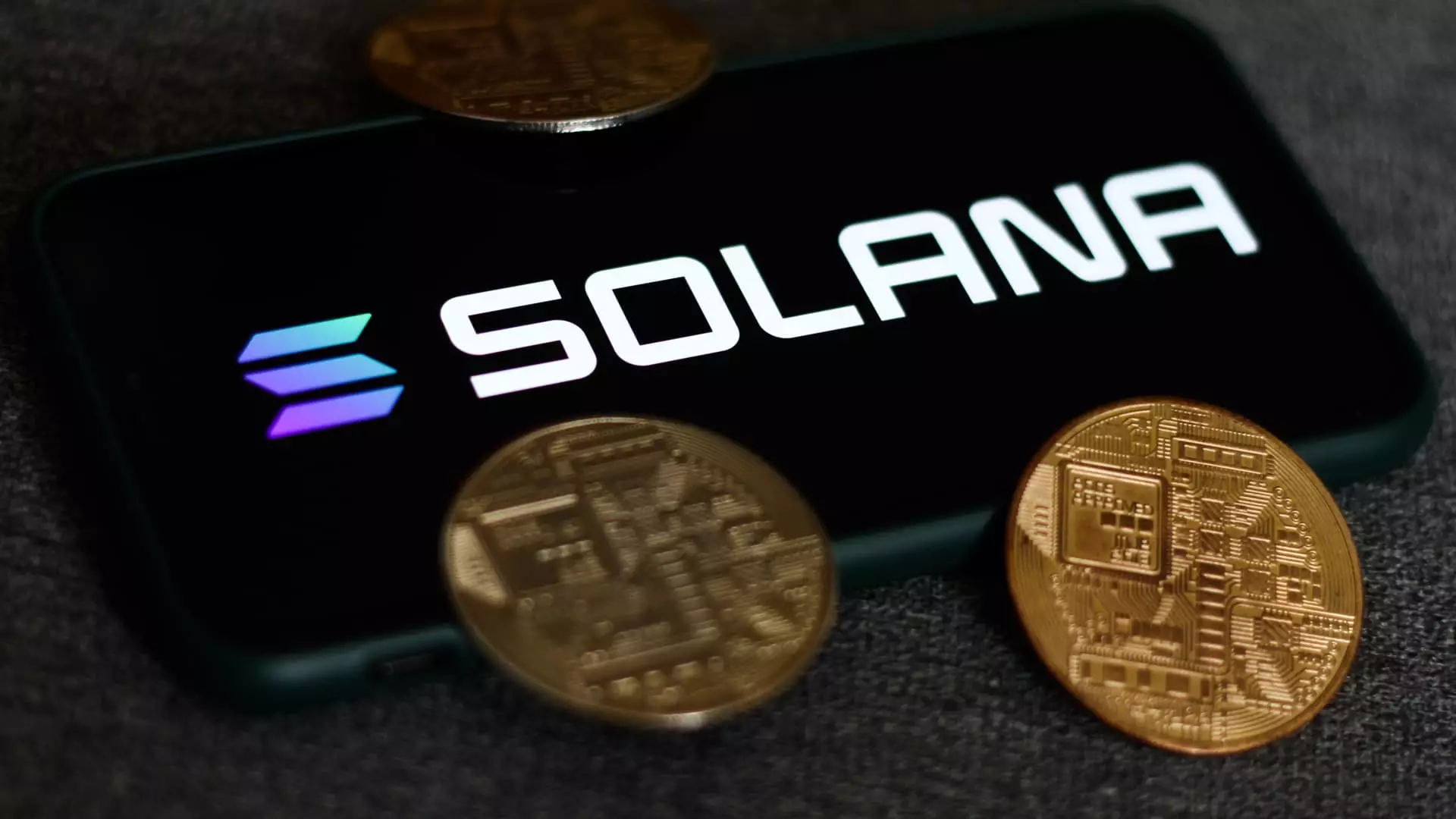As the 2024 U.S. presidential election approaches, the implications for the cryptocurrency landscape have come into focus, particularly regarding the contrasting potential outcomes under former President Donald Trump and Vice President Kamala Harris. Standard Chartered’s head of digital assets, Geoffrey Kendrick, has offered vital insights into how a change in leadership might directly correlate with cryptocurrency performance, notably for Solana, Ethereum, and Bitcoin. This analysis becomes even more pertinent when considering the distinct characteristics of these assets within the blockchain ecosystem.
Launched in 2020, Solana has quickly positioned itself as a formidable competitor among cryptocurrencies, primarily owing to its speed and scalability. Unlike Bitcoin, which is predominantly transaction-focused, Solana — much like Ethereum — serves as a platform for developers to create decentralized applications. Its architecture allows for significantly faster transaction times and lower costs, factors that have made it increasingly attractive for both developers and investors. In Kendrick’s outlook, should Trump regain the presidency, Solana’s growth potential could reach remarkable heights, potentially leading to a 400% increase by 2025.
Kendrick’s research asserts that a Trump administration would likely cultivate a more favorable environment for cryptocurrency investment and innovation compared to a Harris administration. In this bullish scenario, Kendrick has set ambitious targets: Solana would exceed $700, Ethereum would reach over $9,650, and Bitcoin would hover around $185,000. Conversely, should Harris win, expectations flip, with Bitcoin predicted to outpace Ethereum, which in turn would surpass Solana. Under a Harris presidency, Ethereum is projected to be valued around $7,000, a stark contrast to the potential it holds under Trump.
Despite the positive outlook for Solana under favorable political circumstances, Kendrick’s analysis does present a note of caution regarding its current valuation. He categorizes Solana as “richly priced” when compared to Ethereum based on various metrics, including market capitalization to transaction fees and overall token issuance. The expectation that Solana’s throughput must increase dramatically—by 100% to 400%—in the coming years raises questions about its sustainability. This growth appears more plausible in an environment fostered by Trump’s pro-crypto stance rather than Harris’s comparatively cautious approach to digital assets.
The contrast between the two political figures signals not only differing responses to crypto but also illuminates the broader implications for the digital assets ecosystem. The anticipated introduction of Solana ETFs could thrive under Trump, propelling institutional investment into the market. In contrast, Harris’s administration may impose tighter regulations that could stifle growth and innovation. This dynamic emphasizes the essential role political leadership plays in shaping the future landscape of cryptocurrency, where investor sentiment and regulatory environments intertwine.
While the predictions largely hinge on electoral outcomes, they articulate the pressing need for crypto investors to be attuned to the political climate. This foresight could be critical in navigating the volatility of the cryptocurrency market in the years to come, particularly for assets like Solana that carry burgeoning potential amidst a rapidly changing digital landscape.

